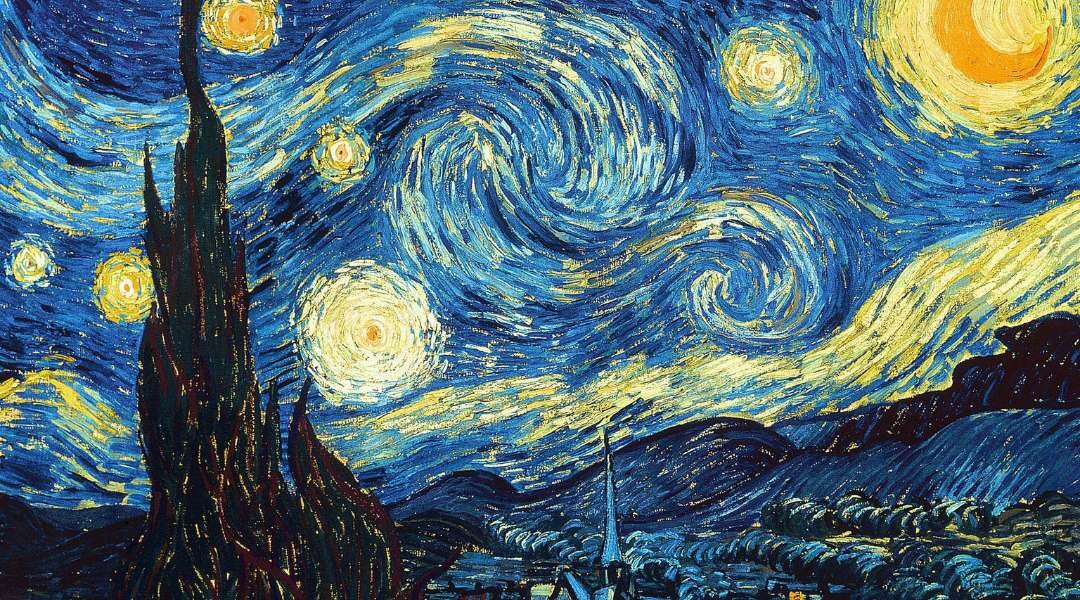Have you ever wondered what lights up a bidding war for paintings? It’s not just the artist’s name or the age of the work. True, artworks like “Comedian” by Cattelan stir buzz with unique charm.
Yet, value blooms from more than meets the eye. Emotional pull plays a big role; how art stirs your soul matters as much as its fame or history. Art worth varies from person to person and is shaped by culture, knowledge, and personal tastes. This subjective side can’t be measured but deeply affects auction prices.
Artist Legacy and Fame
When you look at a painting, think of its story and the hands that shaped it. Each brushstroke carries the weight of an artist’s legacy, their fame reaching through time like whispers in a gallery hall. Shared feelings become clear; your eyes meet theirs across years or centuries.
Picture “Comedian” by Cattelan, a banana on a wall that fetched $150k! Its worth lies far beyond simple numbers. Its unique aura is sacred to art lovers everywhere. Such pieces speak volumes about our society and condition without words.
At auctions, this social power inflates price tags because every work reflects not just one individual but many souls gathered together for moments steeped in culture.
The rarity of the Artwork
Art rarity plays into value. Think unique; the first work is from an artist’s hand, with no copies. This originality lifts art prices high at auction; collectors crave these rare finds.
If you have a piece that stands alone, without twins or clones out there. It’s gold in the art world! Plus, artworks once held by famed folks have risen in worth, too. They carry tales of past glamor with them. Remember this: even simple-looking paintings can cost big. They carry value with deep stories and clear origins, even without a signature like Da Vinci’s on the Mona Lisa.
Historical Significance Explained
Historical significance shapes a painting’s auction value. Think of the Renaissance or Monet’s work from the birth of Modern Art. These pieces tell stories, and capture times long gone. A scene by Da Vinci outshines modern creations not merely because it’s old, but for its story and rarity; like ‘Salvator Mundi,’ sold for an immense $450 million due to its creator’s fame and era.
Knowing who once owned a piece can boost worth massively. It would prove realness if big names held it before. It’s why Rothko’s ‘White Center’ fetched high dollars. Rockefeller’s history carried weight.
Provenance and Authenticity Factors
Look closely at its origin story and provenance. It’s not just about who once owned it or where it hung for all to see.
Each past owner is a link in the chain, which is crucial if disputes over ownership ever arise. Realize this: an art piece with a solid, traceable history eases worries of fakes that could spring up later. Even high-profile pieces aren’t immune; flaws in their stories can emerge years down the line, and trust me, they do!
For example, when lying unwrapped around a sculpture supposedly by a famous artist, it turned out to be from someone with no track record but a criminal! That said, always check each claim on provenance given by sellers before you bet big bucks on any artwork. A seller might face legal heat if what’s provided as proof turns out to be lacking or wrong—facts missed or twisted are trouble waiting to happen.
Ensure every tale behind your treasured finds checks out completely; else you risk owning something less than promised, maybe even worthless.
Condition and Preservation Quality
When you look at a painting up for auction, its state plays a big role. A piece in top shape often fetches more cash than one with wear or damage. To know the condition, experts dive deep. They write reports noting every detail of both art and frame.
They check if colors are faded, canvases torn, or if repairs are due. Preservation quality means how well it’s kept over time. Think about protection from light or humidity. Good care can keep art looking fresh from day one; bad care leads to a loss in value fast.
Size matters too: bigger pieces cost more to make but also need extra funds for proper upkeep. For best results always seek advice from restoration pros. Their eye on materials and methods adds true worth beyond simple looks.
Market Demand Trends
Market demand shapes a painting’s price. High interest in an artist or style can drive up costs significantly, much like the clamor for works by Jackson Pollock due to his role in abstract expressionism. Conversely, less desired artworks fetch lower prices.
It pays to watch trends and emerging talent closely; savvy collectors benefit from this. Events like exhibitions also sway values—the key is timing purchases right. Even with modest budgets, there are opportunities to ensure you make smart investments without overpaying.
Previous Auction Records
When past auctions end, records give clues about a painting’s worth. Look at recently sold ones with high price tags. These pave the way for new sales. If they hold an artist’s signature style or subject known by many, their value often climbs up high, like those of Dali and Chinese works that fetched over $1,000 each.
Oil on canvas tends to get more nods than simple paper pieces when it comes down to bids under the gavel. Art in Ohio valued over $1,000? Our team can help value it before the auction.
A painting’s value at auction often hinges on its creator, rarity, and historical significance. Provenance can uplift a piece’s worth as well. Global demand plays a role too; the desire increases prices for sought-after artists’ works.
Condition is key. Well-preserved pieces fetch higher sums than those with damage or restoration needs. Lastly, market trends sway what collectors are willing to pay hefty amounts for, making certain styles more valuable during different periods. Always consider these factors when choosing the art you wish to present for sale.




